
KAPSOM’s cryogenic purifier syngas technology is recognized as the most cost-effective method for producing high-purity synthesis gas in ammonia manufacturing. This technology efficiently removes impurities like methane and argon from syngas, using excess nitrogen for stripping while also adjusting the hydrogen to nitrogen (H2/N2) ratio to 3.
Additionally, KAPSOM’s reforming exchanger system presents an opportunity to reform up to 30% of the total natural gas fed into the plant. This is achieved by utilizing the high-temperature process waste heat from the secondary reformer (or auto-thermal reformer), thus reducing the need to burn additional fuel.
Effluent gas from the ATR/secondary reformer provides heat for driving the reforming reaction occurring inside the catalyst-filled reforming tubes;
Tubes are open-ended and hang from a single tube sheet at the inlet cold end to minimize expansion problems ; Easy load through a removable top head;
The global community is currently undergoing a rapid shift towards decarbonization and net-zero goals, aiming for a significant reduction of 7 gigatons per annum in carbon emissions by 2050. This marks the dawn of the carbon capture, utilization, and storage(CCUS)era. Stricter climate objectives, increasina expectations from stakeholders, and new financial incentives are placing CCUS at the forefront of the net-zero transition.
At KAPSOM, our commitment is to a future with lower carbon emissions. Utilizing our specialized knowledge, we provide the necessary CCUS technologies and solutions to assist our clients in their decarbonization efforts. Our global services enable you to effectively seize opportunities for reducing carbon footprints, employing low-carbon energy solutions, and achieving net-zero targets across various industries.
Ammonia production involves transforming nitrogen and hydrogen gases (commonly referred to as “synthesis gas” or “syngas”) under specific temperature and pressure conditions, using a catalyst. Currently, syngas is primarily derived from hydrocarbon feedstocks and fuels, which contribute to about 1.8% of the world’s CO2 emissions.
In contrast, blue ammonia is generated using hydrocarbons, but with a crucial difference: the CO2 released during its production is captured and stored through carbon capture utilization &storage (CCUS) technology. This process significantly mitigates the environmental impact.
KAPSOM specializes in blue ammonia technology, providing solutions for both new and existing plant upgrades. These solutions are designed to substantially lower the CO2 emissions per ton of ammonia produced, while effectively implementing CCUS strategies.
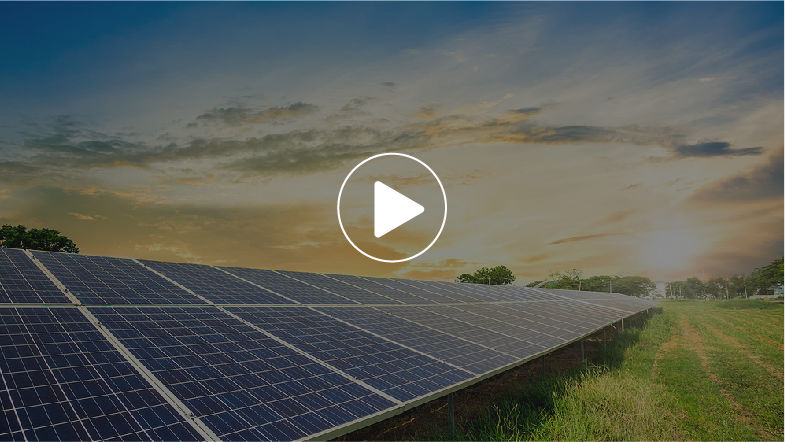
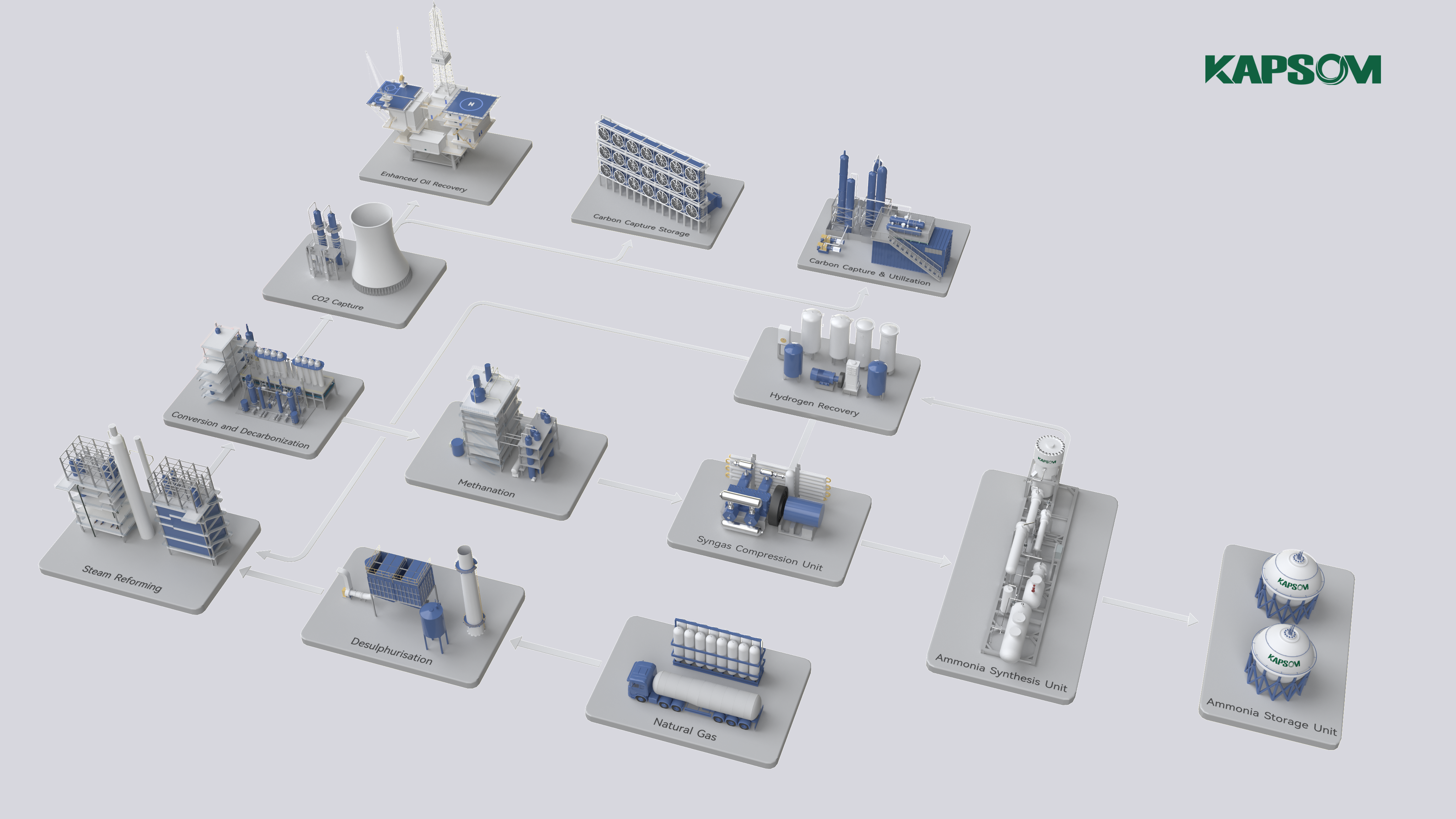
In 2021, KAPSOM assisted an Indian solar company in constructing the world’s first green ammonia plant. This groundbreaking facility is set to reduce CO2emissions by 6240 TPA. The project’s successful operation serves not only as a prime example of power-to-x technology but also establishes a solid groundwork for the client’s subsequent phase of a large-scale green ammonia initiative.
In 2022, KAPSOM supported a Saudi Arabian renewable energy firm in developing a green ammonia plant. For the first time, the project employed a highly integrated design, using the dimensions of a 40 GP container as the basis for the ammonia synthesis unit. This innovative approach was aimed at facilitating equipment transportation, simplifying on-site construction, and reducing the time needed for commissioning and startup.
In 2022, KAPSOM collaborated with a Colombian venture capital firm to delve into the local green ammonia sector. The project’s overarching design utilized containers as the foundation to enhance the equipment integration of each primary unit. Additionally, a smart control system was implemented to enable automatic control. This initiative is expected to save the client approximately 8,320 tons of carbon emissions annually.
In June 2023, KAPSOM joined forces with DGHV to assist in establishing Africa’s inaugural fully dynamic carbon-neutral green ammonia synthesis project. Boasting a total capacity of 1.5 GW, the first phase of this project secured funding from the German Federal Ministry of Research and Education, as well as local government support. Its primary objective is to produce green hydrogen, green ammonia, and related derivatives.

Conventional ammonia production is one of the largest industrial sources of CO2 emissions, accounting for about 1.8% of global CO2 emissions.








Blue ammonia, a novel solution in the quest for sustainable energy, is gaining momentum. This innovative substance, derived from ammonia with a significantly reduced carbon footprint, is emerging as a key player in the global shift towards cleaner energy sources. By leveraging its unique properties, blue ammonia offers an eco-friendly alternative for various industries, marking a pivotal step in reducing greenhouse gas emissions and fostering a greener future.

Like traditional ammonia, blue ammonia is used extensively in the production of nitrogen-based fertilizers. It offers a less carbon-intensive alternative, helping to reduce the carbon footprint of agricultural practices.
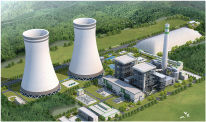
Blue ammonia can be used as a fuel in power plants. Its combustion is cleaner compared to fossil fuels, and it’s particularly valuable in regions transitioning to low-carbon energy sources.

The maritime industry is exploring blue ammonia as a potential fuel to power ships, given its lower emission profile compared to conventional marine fuels.
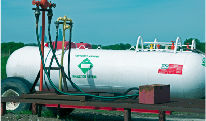
Ammonia is an efficient carrier for hydrogen, and blue ammonia provides a way to transport hydrogen with reduced carbon emissions. It can be cracked to release hydrogen and nitrogen, where hydrogen can be used as a clean energy source.
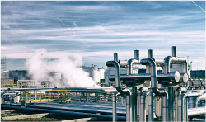
Blue ammonia can serve as a feedstock in the chemical manufacturing of various products, offering a more sustainable alternative to traditional ammonia.
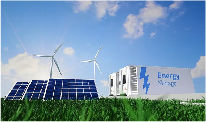
It can be used for energy storage purposes, especially in scenarios where storing excess renewable energy as ammonia is more feasible than battery storage.